Bellsouth Poultry Equipment Poultry Information Learning Resource Sheets Respiratory Disease
Respiratory Disease
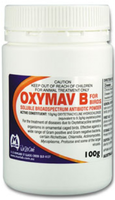
This paper was written in response to a lecture at the National Poultry Show Canberra 2004 entitled Avian Influenza, Implications for the Fancy.
I was approached by many people both before and after the lecture requesting assistance with the control of bird flu in their flocks. I made it a feature of the lecture to emphasise that, at this time, the disease Avian Influenza is not in Australia and the disease complex evident in their flocks is not Avian Influenza. It is very important that we as small poultry flock owners and breeders understand the difference between the disasterous problem of Highly Pathogenic Avian Influenza, which quickly kills in a most dramatic fashion large numbers of the flock, spreading very quickly, and the Chronic Respiratory Disease complex which creeps through many small flocks. This respiratory complex has almost disappeared from commercial chicken flocks, through a process of breeding disease free flocks, and vaccination.
I do not want to present an overly simple approach to respiratory disease but at the same time I want to present in a clear form, a program which has been of great assistance to many small breeders over the last 4 years or so. Respiratory disease in chickens is usually a multifaceted problem. There is rarely one disease, and the factors of housing, stress, and diet all play some part.
Diagnosis
It is very hard to correctly diagnose many of the respiratory diseases. To correctly diagnose. so may rely on testing which at this time is unavailable to most small flock owners. I hope that in future we can have a National Poultry Improvement Program, with testing part of that plan.
We should however examine the several diseases which are wrongly called bird flu. The examination method uses a technique called differential diagnosis. This is because mostly these diseases have a lot of common symptoms. The trick is to see the differences which distinguish each disease. Many times this will inadequate because the disease will actually be several diseases at once. All of these problems produce birds with ruffled feathers, closed eyes, standing in the corner looking unwell, the so called "sick bird look".
- Pasteurella multocida or Fowl Cholera. Bacterial Signs. With acute disease, sudden death, high temperature, ruffled feathers, mucus from the mouth,* dark combs, only seen a few hours before death. In the chronic form, swollen sinus,* runny noses, bung eyes, swollen limbs, lumps in the throat, sometimes twisted necks, and the usual sick bird look. Autopsy will often show solidified material in the lungs, with pin point haemorrhages around the internal organs.
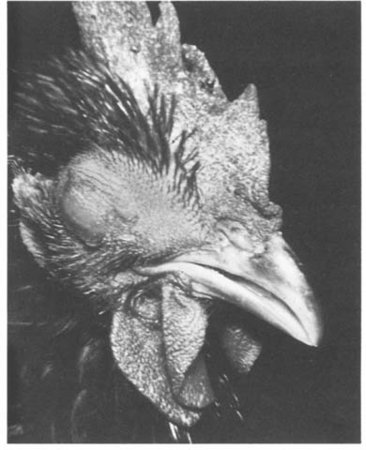
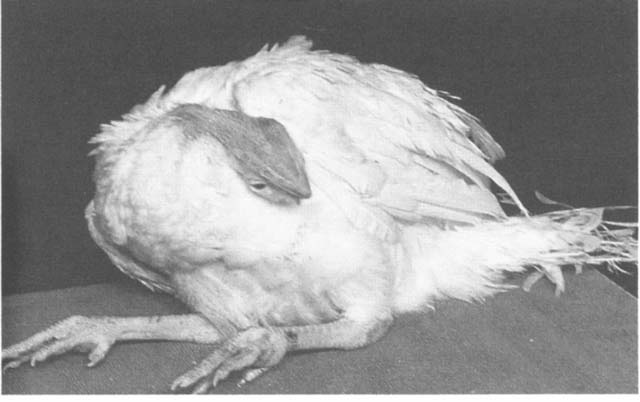
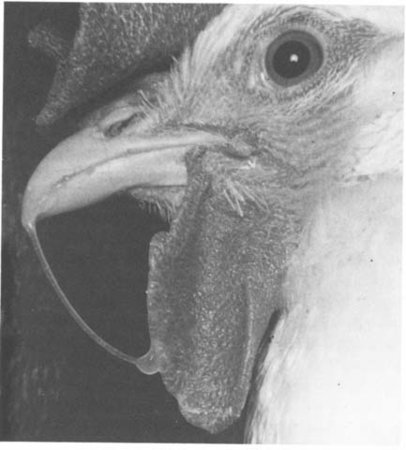
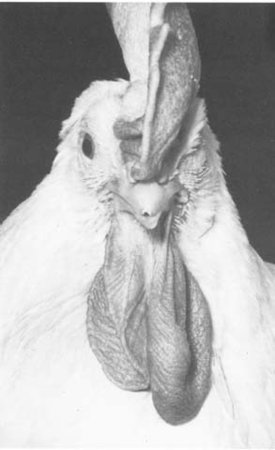
The disease may last for a long time, as a rolling infection, from one group to another, often via nasal discharge in the water. Recovered birds remain infective for some years. Transmission of the infection is via infected birds not through the egg. Very susceptible to Sulfa 3 and penicillin, also chlortetracycline if injected.
- Haemophilus Paragallinarum or Infectious Coryza. Bacterial Signs. Swollen sinus, runny noses, swollen or bung eyes, smelly breath, usual sick bird look.
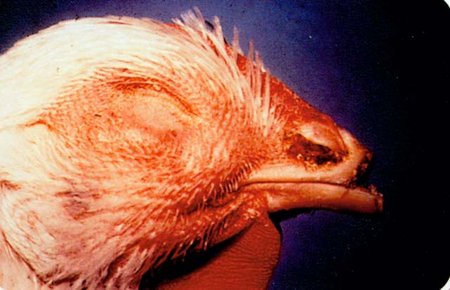
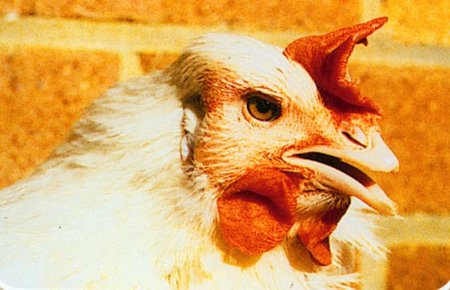
Characterised by a short incubation time, if this disease remains uncomplicated by other organisms, the disease runs its course in 3 weeks. It rarely causes pneumonia. The disease responds to combination antibiotics such chlortetracyclin in conjunction with other registered antibiotics. Sometimes responds to sulfa 3 in combination with chlortetracycline. Birds may remain carriers which effect other birds by contact with manure and respiration. It is not transmitted in the egg..
- Infectious Bronchitus. Viral Coronavirus
Gasping, coughing, sneezing, runny noses, rapid spread, less than 48 hours incubation time, in uncomplicated disease, mild respiratory symptoms. Some tracheal involvement with caseous materials.

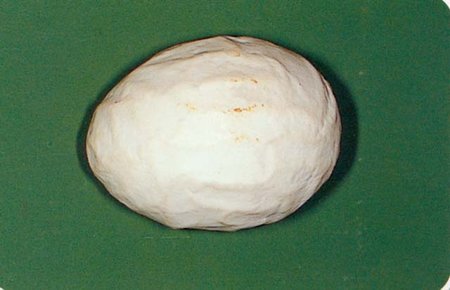
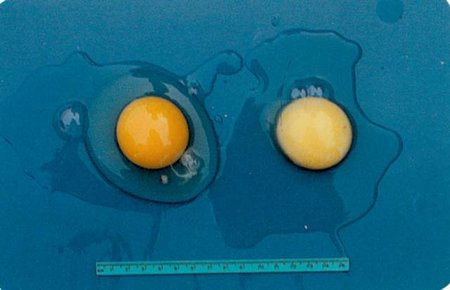
In birds over 6 weeks less obvious runny noses, in young birds causes permanent damage to the shell gland causes rough shells when the birds get to production, in production birds drop in production, and watery egg whites. It often opens the door to Mycoplasma infection, Chronic Respiratory Disease, and then develops more severe symptoms.. The only treatment is stress reduction, and electrolytes. Vaccination is a useful preventative in areas where infections are repetitive or in areas where there are high levels of poultry.
- Newcastle disease. Viral Though there is now compulsorily vaccination for Newcastle, it is still possible that it will be seen in small flocks. Respiratory symptoms with nervous signs may indicate Newcastle and should be considered a possibility.
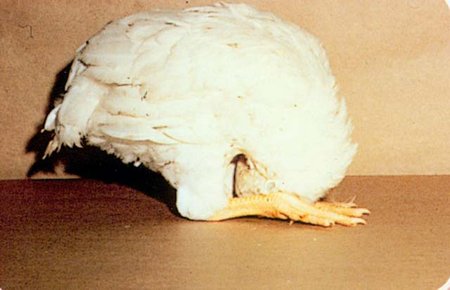
There is no treatment. Transmission is by contact. I suspect sometimes the nervous symptoms of the mild strains are seen in small flocks and mistaken for Marek’s disease.
- Infectious Laryngotracheitis. ILT. Viral Herpes virus Virus Acute respiratory distress, noisy breathing, runny nose, coughing, coughing up bloody mucus, mild forms include unthriftiness, poor production.
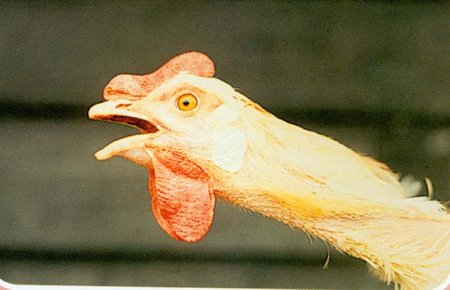
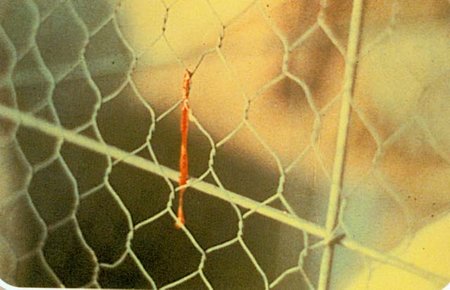
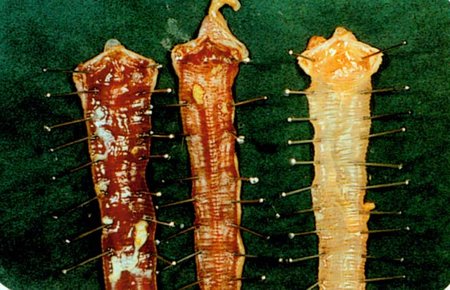
Autopsy will show severe blood clots in the upper trachea, often the birds will be gasping for breath with extended necks, and die from blocked airways. Generally in mild forms they will recover in 2 weeks. Recovered birds are effectively vaccinated but may remain carriers. The only control is vaccination. Transmission is by infected birds
- Aspergillosis. Fungal
A fungal infection which is caused by a mould. The spores are inhaled and cause respiratory symptoms, poor growth, and may cause some nervous symptoms. Usually caused by mouldy straw, hay or other bedding material. Make sure you don’t use any of these. No easy treatment.
- Mycoplasma gallisepticum (Mg) or Chronic Respiratory Disease. (CRD), not a virus not a bacteria, Also known as late summer respiratory disease. In acute disease, coughs, sneezes, hard sinus inflammation,
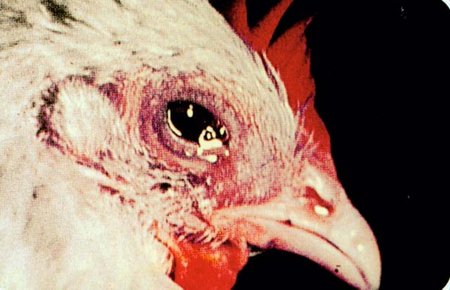
runny noses, sometimes sticky patches on the shoulders, bubbly eyes, smelly breath, loss of weight, loss of production. In chronic symptoms, very few respiratory symptoms may be apparent, sometimes only at night a few snicks may be heard, but the birds waste away and get the knife edge keel with no breast muscle. Sometimes, it only appears as dead bird with no body mass. Autopsy will usually show airsaculitis.
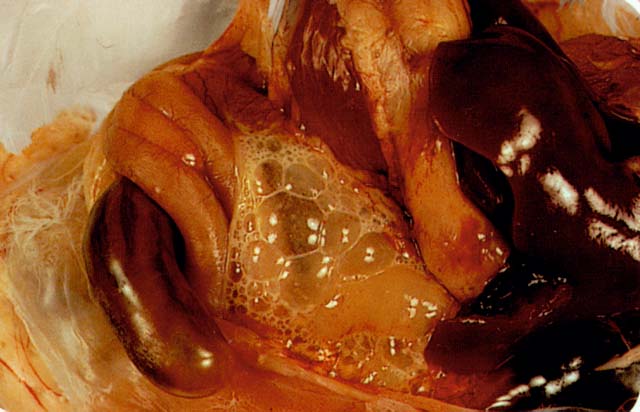
Slow transmission bird to bird, with long incubation times and slow spreading. Responds to antibiotics, but recurs after treatment is stopped. It has strong transmission via the egg from either male or female, often appearing with a sudden onset at 28-32 weeks of age. It coincides with the rapid change of temperatures at the change of seasons, and so is sometimes called Late Summer Respiratory Disease. In pure breed flocks it appears to be genetic as it seems to effect only some strains and not others. So beware of the apparent "weak strain" of birds, as this may be the first indicator of a wider problem. This effect is amplified by keeping small batches of birds in separate brooders. This minimizes spread between young chicks in the early time before they have competent immune systems. This means the disease remains within the strain, and only appears later as late onset Mg. Overcrowding in the early brooding allows easy spread of the disease.
Another characteristic of this late onset Mg is that it becomes more potent as each succeeding generation passes. The Mg passed in the egg multiplies, so that a greater level is passed into the eggs of the next generation, until the level of Mycoplasma is sufficient to produce stress triggered outbreaks of clinical disease. Birds recovered and used in breeding flocks pass greater levels in the eggs of the next generation, until the levels are such that chicks develop clinical disease, which spreads chick to chick in the brooders. Mycoplasma also tends to be involved with Cholera and Coryza, and E.coli infection in as what is called intercurrent disease, where each disease assists the others. Mycoplasma also can be wrongly diagnosed as Marek’s disease ( leg weakness caused not by nerve damage but muscle wastage, usually in birds outside the classic 10 to 24 week range classic for Marek’s), coccidiosis (often diagnosed because of runny droppings and some coccy eggs in the manure, often in birds which are far too old for coccy), diagnosed as worms but there is no response to comprehensive worm treatment. There are numerous diseases which could be wrongly diagnosed as Mycoplasma, but these are not so common or easy to elimination from suspicion. In small flocks we often diagnose by elimination, treat the obvious simple things like diet, worms, parasites, then we start on the harder items. Mycoplasma also appears to be an immune suppressor allowing many bacteria to become tertiary invaders of the birds systems. In addition MG often acts as a facilitator to Adenovirus, a disease which is endemic to domestic poultry flocks, but usually does not cause active disease. Adenovirus causes wasting of the birds, and the "knife edge keel "symptoms of which often accompany MG. The problem with MG is the vertical transmission through the egg may not have respiratory symptoms and cannot be easily treated. The treatment methods require resources not easily available to small producers. Ideal treatments to produce a Mycoplasma free flock involve long term antibiotic treatment of the breeder flock, with treatment of eggs in antibiotics, with clean chicks then being vaccinated. There is a possibility of this program being developed to allow vaccination of small flocks. But for many this is not an option at this time.
- Reduce the stress triggers to prevent low level MG causing clinical disease.
- Reduce the MG level in breeder flocks with antibiotics.
- Application of antibiotoc will reduce the ambient level of MG in the flock to a level below that which will cause clinical disease. The result is a better immune system. This means many other tertiary diseases will be handled by the competent immune system of the bird.
We have over the last 4 years (back in 2004) found this program to be effective based on available materials which can be purchased without a veterinary prescription.
- Where possible breed only from birds which have had no respiratory symptoms. If this is not possible, breed with birds which have responded well to treatment.
- Treat breeder birds males and females for a minimum of 2 weeks with antibiotics (OxymavB or Triple C) at the label rate. The aim is to reduce the level of the Mycoplasma being shed by the parents into the eggs. There is some suggestion that oxytetracycline is also passed into the egg, further reducing MG levels. Also use multivitamins for improved bird immune response, and micronutrient level in the eggs.
- Collect eggs from the treated flock for 2-4 weeks after the last treatment. If MG has been very bad, it may be advisable to treat continuously while eggs are being collected. Eggs from treated flocks must not be eaten.
- Hatch chicks being sure to hatch only in cleaned and disinfected incubators. If multiple settings of eggs are used in the same incubator, use a separate hatcher for just the hatch process to minimise cross contamination. A cleaned incubator means all the dander and fluff has been removed, and the incubator physically washed with detergent , before sanitising with a disinfectant. Use an anti viral disinfectant like Virkon if possible.
- Brood chicks in new boxes. Use cardboard boxes and burn them after brooding. Brood in small groups to minimize stress. Ensure adequate heat, preferable low light, and no drafts. Preferably brood in a separate location to the adult flocks.
- Treat the chicks with antibiotic for the first 2 days of drinking water. The rate would be 1 ml per litre of water if the MG has been minor or 2ml if it has been severe. Anti stress vitamins can also be used. CAUTION. Do not use antibiotics with other treatments such as coccidiossis. Check which medication is in your chick feed.
- Treat all the young birds in the yard under 16 weeks of age for the first day or 2 days per month with antibiotic
- Ensure that the standard coccidiosis programs are being followed, and continue vaccination programs if they have been used.
- This program has been effective, usually providing relief in one generation, and very good control over 2 generations. It is based on minimum use of the antimicrobials. However it is possible to use antibiotics continuously during breeding season, and antibiotics continuously during rearing up to 16 weeks of age. Neither product may be used with birds or eggs for human consumption.
- If this program produces no response, it indicates that there is another disease at work and the time will be for you to approach a specialist poultry vet and be prepared to have a more comprehensive study of the breeding flock to find the source of the problem.
Acute disease: Disease which is in a very strong form and causing morbidity ( that is obviously very sick birds) and mortality. (dead ones in large numbers)
Antibiotics : Preparations which will kill disease organisims.
Antimicrobials: Preparations which will reduce the vigour and multiplication of target organisms but may not kill them but allow the bird’s immune system to operate better.
Carriers: Birds which have been infected, and either show no signs or have recovered from the disease and sho no signs, but continue to shed the disease organism
Chronic Disease: Disease which is causing sick birds not at their peak of condition and performance and with some signs but not really sick and with minimal mortality.
CRD: Chronic Respiratory Disease
MG: Mycoplasma galisepticum.
Tertiary Diseases: Opportunistic diseases which take advantage of the weakened immune system or of particular chemical conditions created by the main disease. They are able to use those conditions to produce disease when they normally would not.
Please note results are not guaranteed and this is general information only.



